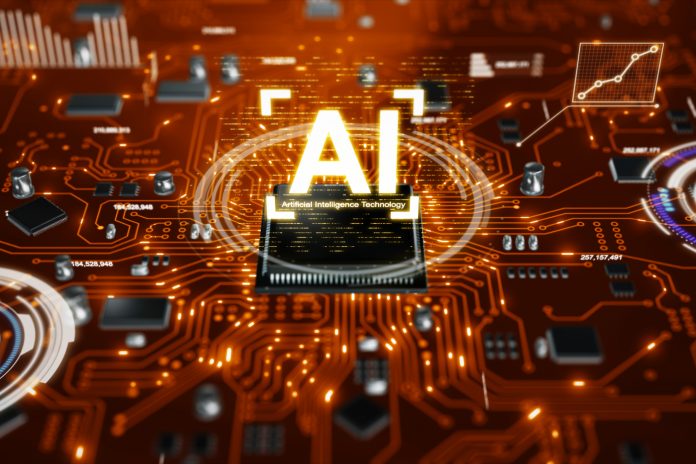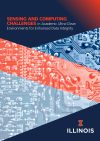Gabriella Kereszturi, Senior Lecturer in Marketing at The University of Law Business School, walks us through the hype around artificial intelligence
Artificial intelligence (AI) has been a much-debated topic over the past decades due to its rapid development. The hype around artificial intelligence (AI) involves a key part of computer science and can be understood as computers that display human-like behaviour based on data collected and stored historically, enabling them to recognise and use patterns in their responses.
At its inception, in the 1950’s, AI was very basic and consisted of computers reacting to commands. However, this encountered hurdles in its further development due to the lack of storage and wider processing capabilities. Further developments in AI took place in the 1980s, expanding the algorithmic toolkit and computers by learning through experience.
For example, computers obtained the ability to play and win games against humans, such as world champions in chess. Now, AI can be divided into two main categories: functionality-based and capability- based. The functionality-based AI ranges from reactive machines, with limited responsiveness to self-aware ones, where theoretically computers could understand human emotions. The capabilities-based AI ranges from artificial narrow intelligence, where narrowly defined performance tasks can be carried out, to artificial super intelligence, where computers can perform tasks better than humans.
A key trait of AI
A key trait of AI is its ability to store and process large amounts of data. Unlike humans, AI has a large capacity for data handling through its software and hardware support. In the advent of digitalisation and the Internet of Things (IoT), every day we create 2.5 quintillion bytes, which is a growing number with the development of new smart technologies and more people accessing the Internet around the world. This is a huge amount of data that would be impossible for humans to process and even to use. AI comes into play here speeding up the process of identifying, selecting and using data as and when required. Automated processing takes the strain off humans, for example employees by supporting them in their daily tasks.
Despite these advantages, the fear of AI replacing humans and their jobs exists and is seen as a major threat to job security. However, step by step, as change management is introduced, the positive attribute of AI is more largely recognised and accepted. For instance, the introduction of self-checkouts at supermarkets has reduced the number of staff working at the tills, however, there is still need for staff to overview the check-out process where the technology fails. This also enables humans to focus on tasks that involve customer service, and overviewing technology rather than performing repetitive tasks.

AI for automated language translations
AI also showed its usefulness in automated language translations, with the support of improved technology, such as applications that recognise increasingly more expressions. However, globalisation and the acceleration in the pace of life, supported by new technologies, have also brought a loss, which is the loss of languages and vocabularies, especially the loss of ancient languages. It is estimated that we have lost three quarters of all languages across the globe. The ancient languages that remained in writing are treasured and preserved by historians, however, this task is tedious due to the fact that these languages are no longer in use and, therefore, difficult to interpret. A particularly useful trait of AI is to help historians in not only translating, but also restoring ancient texts. AI can read weathered fragments of writing, such as faded text from stones or clay. AI can learn models to help in reversing the text erosion process, replace missing fragments by predicting what the original text would have been and testing the cohesion of the text.
AI has the ability to perform sweeps of commonalities across languages that can identify keys to cracking languages. This process, that AI performs automatically, would take historian many years to replicate. Two key advantages of AI being employed on ancient texts are speed of delivery and reduction of costs. AI can also collate all these texts and make them available across the world.
In this context, AI can help not only in preserving these ancient languages, but also learning more about our history, the migration of goods and people across the world, and the development of the world as we know it today. Many of these ancient texts uncover key facts and elements that can be insightful to explain the origins of phenomena and the wonders of the world.



























